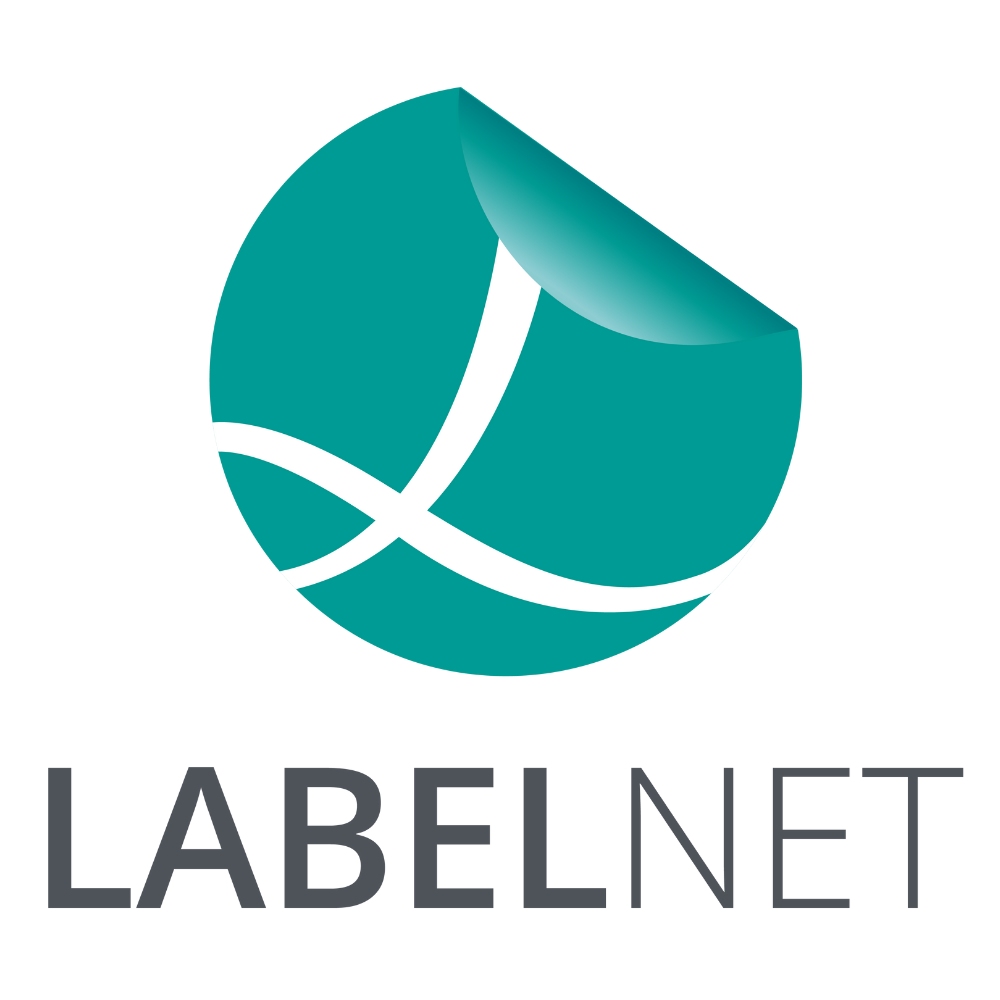
Information That Needs to Be on a Food Label
All pre-packed food requires labelling on certain information to ensure the safety of the consumer and the quality of the product. Under EU regulations, food labels should give you information about the food inside the pack, shelf life and storage instructions to make sure you make informed decisions about the food you’re buying. Here, we’ll talk you through what information has to be on a food label to ensure you get the most out of your food products.
Allergen Information
If your food has more than two ingredients (including water and additives), you must list them under the heading ‘Ingredients’. An ingredients list on food products must emphasise the allergens within the ingredients list on the label of pre-packaged foods by using bold, italics or changing the colour of the text to make it stand out from the other ingredients. Short, generic statements like ‘contains nuts’ is no longer permitted on food labels unless the product isn’t required to display an ingredient list like wine labels. There are 14 specified ingredients that cause allergies or intolerances which must be highlighted, these are:
- Cereals containing gluten
- Shellfish including prawns, crab, lobster and crayfish
- Peanuts
- Eggs
- Nuts
- Fish
- Celery
- Mustard
- Lupin
- Molluscs
- Milk
- Soybeans
- Sesame
- Sulphur dioxide
%20(1).png?width=1256&name=Copy%20of%20Hubspot%20Blog%20Images%20(11)%20(1).png)
Nutrition Information
It’s now mandatory for the majority of pre-packed foods to show nutritional information on the product. For example, the labels must show the amount of energy in calories, the amount of fat, saturated fat, carbohydrates, sugars, protein and salt in grams or ml. The nutritional information must be clearly presented in a specific format which gives values for energy and then the 6 nutrients following. They should be displayed in units of both kj and kcal for energy per 100g. This information must also meet the minimum font size requirements for what information needs to be displayed on a food label.
Date Labelling
All food and drink labels must contain a ‘use by’ or ‘best before’ date, or both, to ensure the correct storage of the product. A ‘use by’ date ensures the safety of consuming a food on products that go off quickly like raw meat and poultry labels, cooked meats, dairy products and salads. You should never consume food products after this date even if it looks and smells okay. The ‘best before’ date is about the food quality. The food is safe to eat after this date, but it may not taste the best.
.png?width=1500&name=Copy%20of%20Hubspot%20Blog%20Images%20(12).png)
Storage Instructions
Storage instructions are what information has to be on a food label to ensure the food remains safe to eat. You should always follow this guidance to keep your food fresh and safe. Instructions like ‘keep refrigerated’ and ‘store in a cool, dry place’ ensure its stored in the correct place, and instructions such as ‘once opened, use within 3 days’ ensures you consume the food product before the quality and safety of the product decreases.
Get in Touch
For help with your food label designs our partners can design your labels and work closely with us to use the best finishes and varnishes to ensure the best quality food labels for your products.


